
OVERFISHING
problem/solution
THE PROBLEM
Jump to the solution
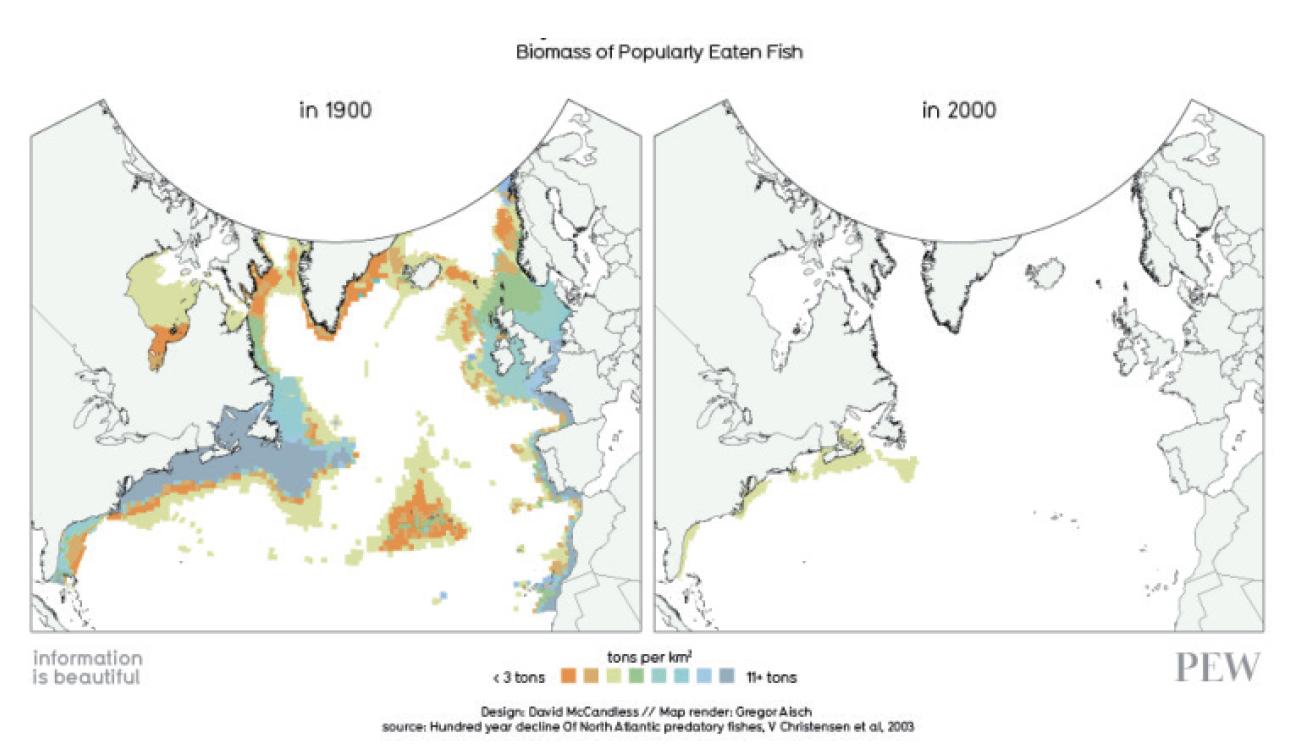
“More than a third of all ocean fish species have seen their populations crash. Virtually all others are overexploited or being exploited to the maximum possible already.”
[69] Naam, R. 2013
“The most reliable estimates of fish numbers are likely to be those based on average weight data taken from more than one reference. These total 0.43–1.14 trillion and account for 29% of fish capture tonnage. In addition, the lower estimate for multi-species categories with an EMW is likely to be very conservative and totals a further 0.079 trillion for another 7% of fish capture tonnage. Combining these two figures brings the lower estimate for this 36% of capture tonnage to 0.51 trillion. It is concluded that the number of fish caught each year is of the order of a trillion.”
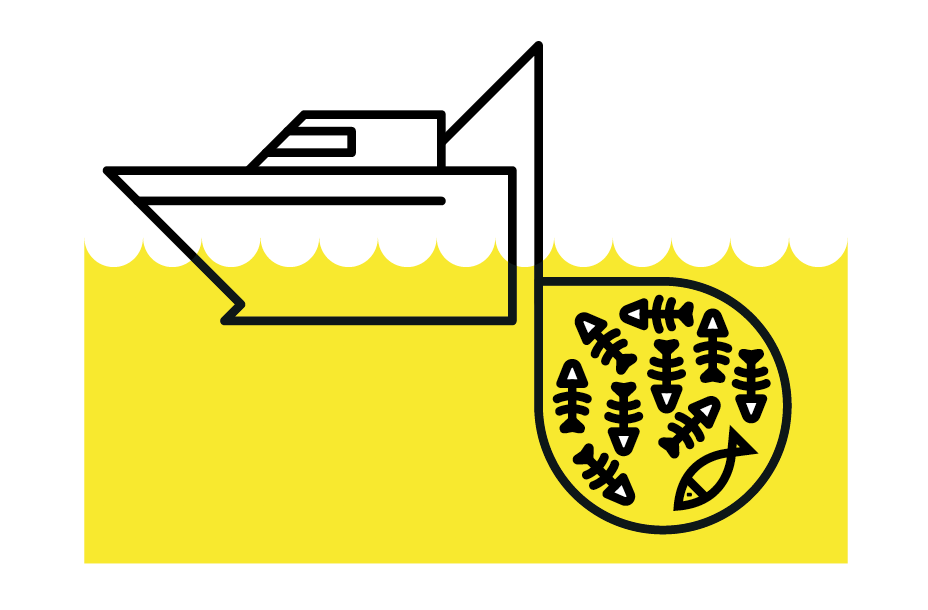
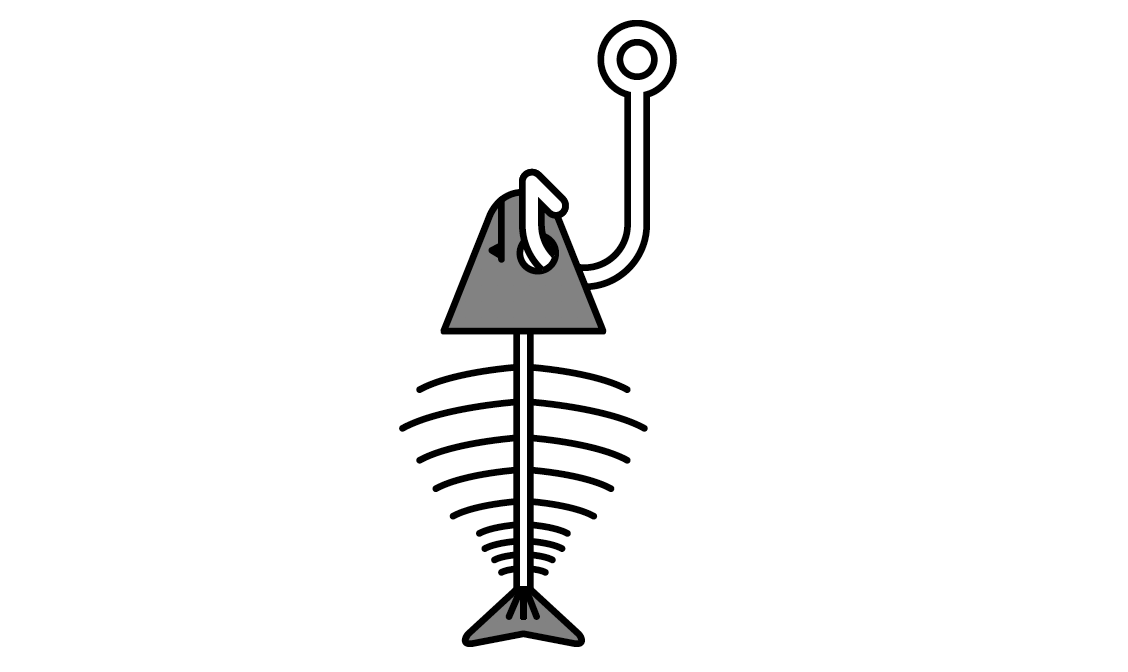
“Tuna and mackerel populations have suffered a “catastrophic” decline of nearly three quarters in the last 40 years… [The] WWF and the Zoological Society of London found that numbers of the scombridae family of fish, which also includes bonito, fell by 74% between 1970 and 2012, outstripping a decline of 49% for 1,234 ocean species over the same period.”
[71] WWF, 2015
“Thirty million tons or 36%, by some accounts as much as 50%, of global fisheries’ catch each year are used to feed livestock.”
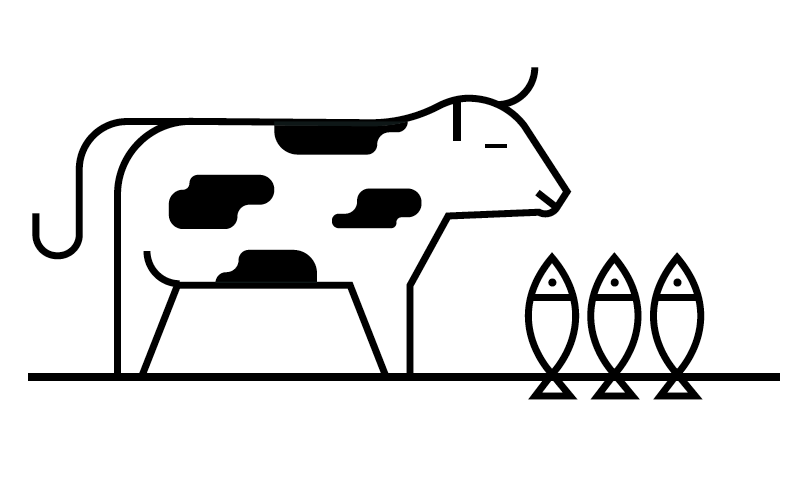
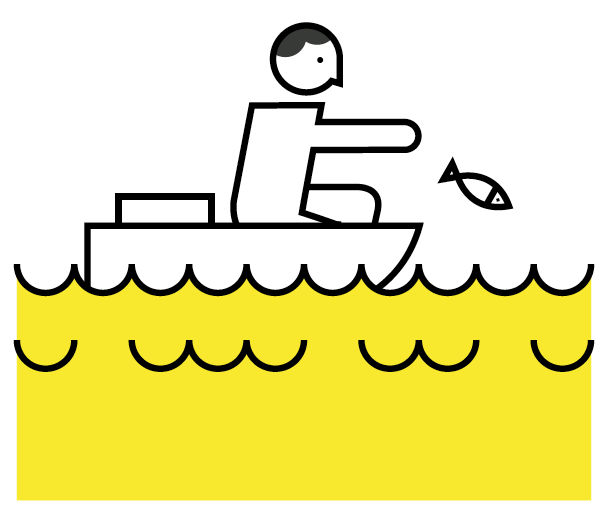
“17% to 22% of what fishermen catch every year is discarded at sea, likely already dead or dying.”
“Fisheries subsidies currently amount to US$ 30 billion per year globally, 60% of which directly encourages unsustainable, destructive and even illegal fishing practices.”
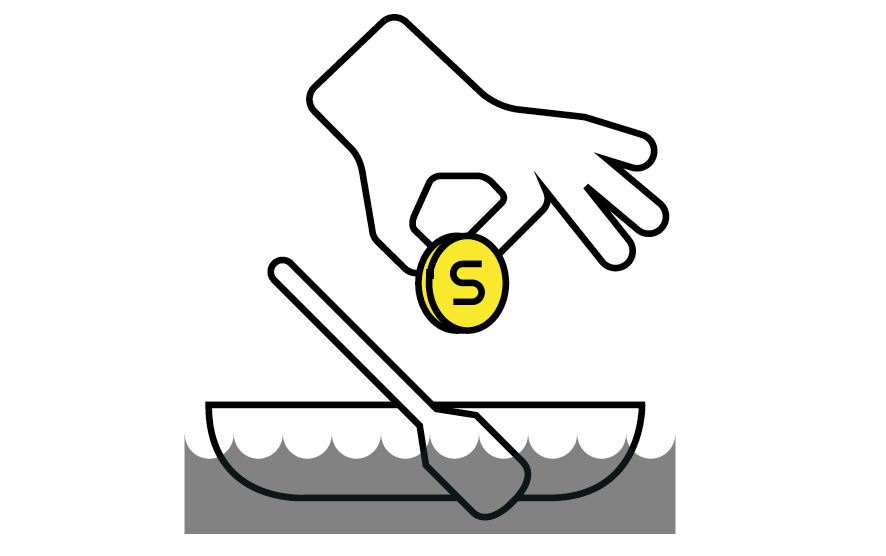
THE SOLUTION
Back to the problem
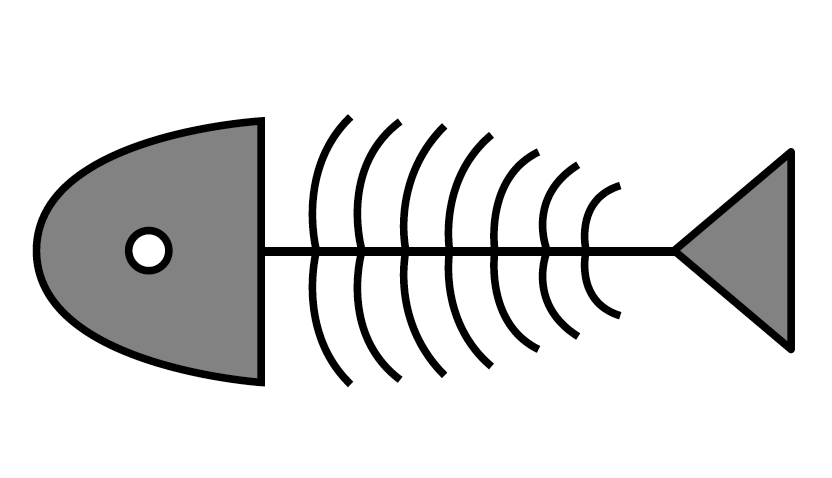
“If fishing rates continue apace, all the world’s fisheries will have collapsed by the year 2048.”
“If you want to save the fish just don’t eat them.”
James Cameron, 2015
